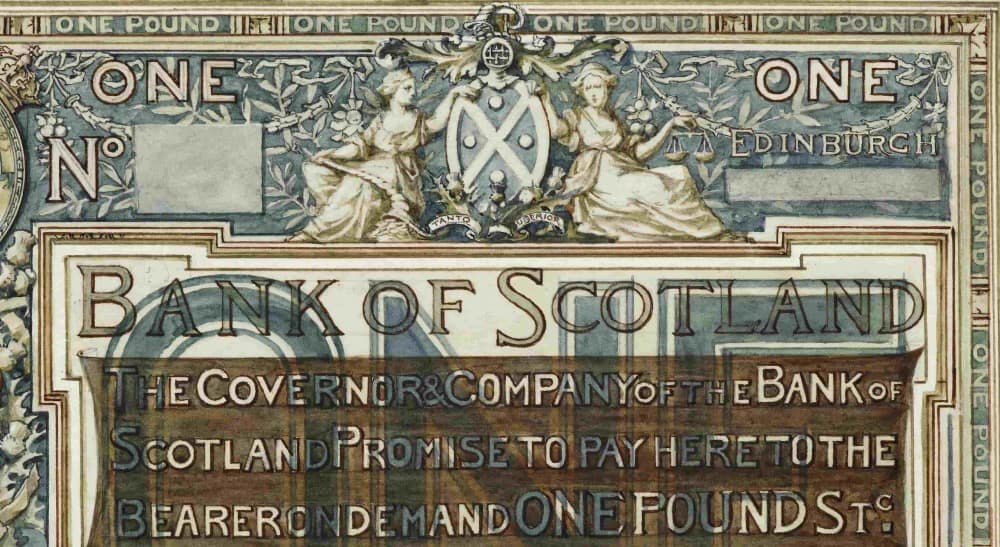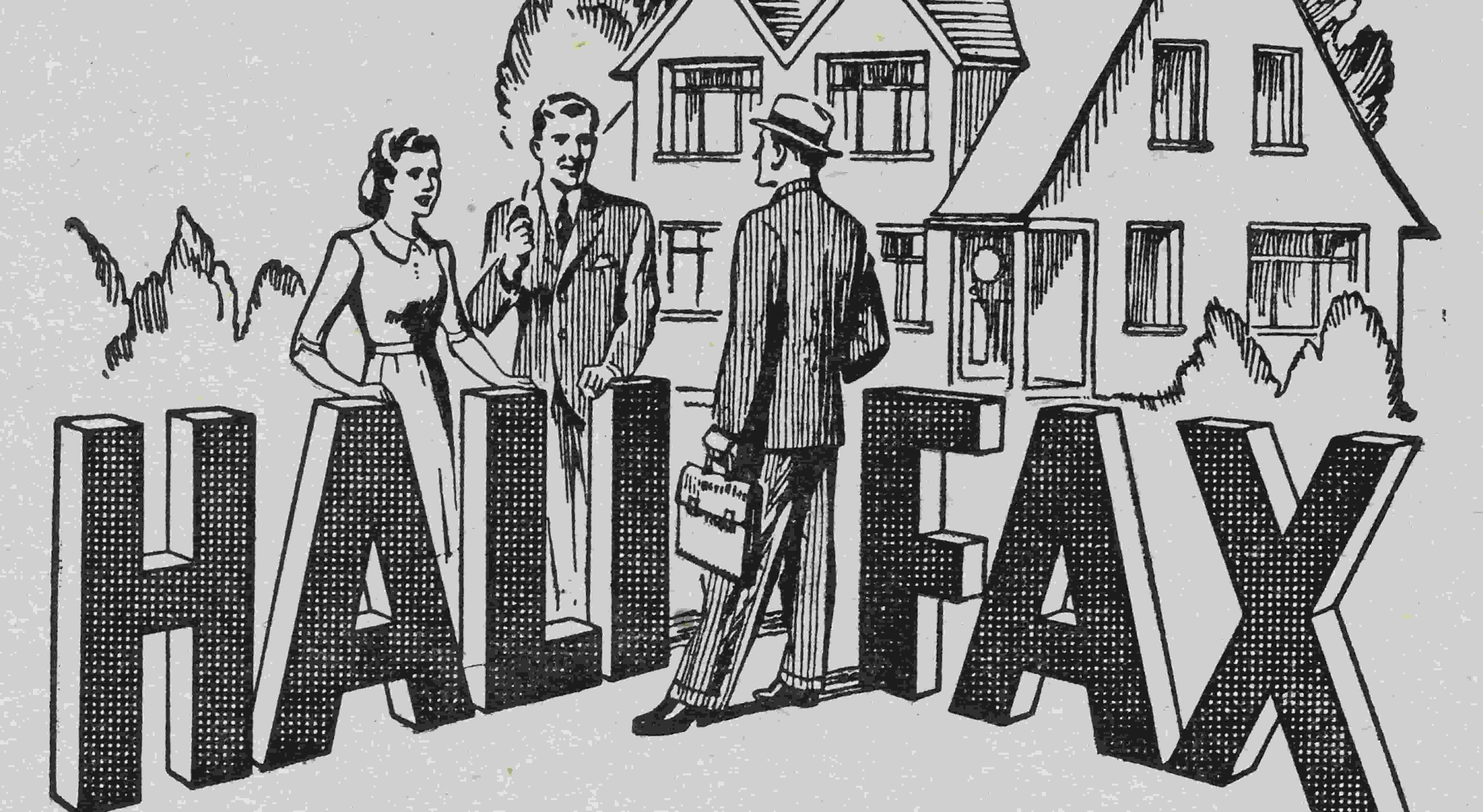Our purpose and strategy
Our purpose is Helping Britain Prosper.
Founded as a national bank for Scotland and continues to help the country prosper.

In the 1690s, Scotland’s economic prospects were uncertain. Credit was difficult to obtain and cash was in short supply.
A group of Scottish merchants saw the establishment of a ‘publick bank’ as the solution. On 17th July 1695, Bank of Scotland was founded, by an act of the Scottish Parliament in Edinburgh.
It was, and is, Scotland’s first and oldest bank.
Money to start up was provided by the bank’s first shareholders – known back then as ‘adventurers’. £1.2 million pounds scots was raised.
With the backing of these early investors, Bank of Scotland was able to provide much needed loans to support Scottish businesses.

Back in 1695 metal coinage was scarce and unreliable. Bank of Scotland provided a solution. It introduced a system of paper money with set values – banknotes. It was the first bank in Europe to do this.
Notes for £5, £10, £20, £50 and £100 were issued from March 1696. A few years later a £1 note was introduced.
Bank of Scotland still issues banknotes today, making it the longest continuous banknote issue in the world.
The latest note to be issued is the polymer £100 featuring the medical pioneer and suffragette Flora Murray.

In 1959, Bank of Scotland became the first bank in the UK to install a computer. It was used at its new Central Accounting Unit in Edinburgh, to gather customer account data from branches.
In 1985, the bank launched its Home and Office Banking Service – another UK first. Customers could view their accounts and make payments from the comfort of their living room.
And in 2000, Bank of Scotland became the first UK bank to pilot mobile banking using WAP mobile phones. It was pretty basic at this stage, simply allowing customers to access account information. But it paved the way for today’s banking apps.
Born in Dalton, Scotland, in May 1869, Dr Flora Murray was one of Britain’s early woman doctors and a prominent suffragette.
Bank of Scotland has been supporting customers, businesses and communities in Scotland for more than 320 years.
The bank’s motto on its coat of arms is ‘tanto uberior’, which means ‘the more to prosper’ or ‘ever more prosperous’.
In the 1700s when poor harvests led to food shortages, the bank provided interest-free loans to help purchase meal and grain for the needy. Today, the Bank of Scotland Foundation helps charities across Scotland tackle complex social issues.
In the 1800s, the bank helped finance key infrastructure projects such as Thomas Telford’s Caledonian Canal which linked Scotland’s east and west coasts. Today, the bank continues to support key regional industries, such as agriculture and manufacturing.
A lot has changed during the 300 year history of our brands and while we have much within our heritage to be proud of, we can’t be proud of it all. Like any institution that is so interwoven with our country’s history, we must acknowledge and learn from our past.
There’s evidence in our archive of some links to slavery.

Since 1765, Lloyds Bank has been serving the people, businesses and communities of Britain.

Founded in 1852, the Halifax is one of the UK's best known companies.

Scottish Widows' Fund and Life Assurance Society was established on 29th July 1814.
Our museum is located in Edinburgh, in the Scottish Headquarters of Lloyds Banking Group. It charts the history of banking in Scotland, and explores the theme of money in all its shapes and forms.